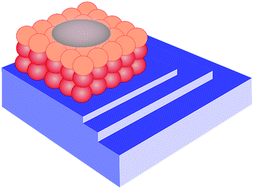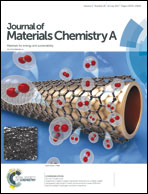Colloidal quantum dots for optoelectronics
Abstract
This review is focused on new concepts and recent progress in the development of three major quantum dot (QD) based optoelectronic devices: photovoltaic cells, photodetectors and LEDs. In each application, we discuss recent champion devices with a range of architectures and discuss in detail the chronological steps taken to produce significant improvements in efficiency. We consider this relative to developments in colloidal quantum dots and their effects on these devices, covering alloyed, doped and core/shell QDs, quaternary Cu–Zn–In–S QDs, graphene and silicon QDs, and the wide range of highly promising NIR QDs. The diverse range of novel device designs is examined, including all-quantum dot devices, ternary hybrid compounds, plasmonic enhancements, and nano-heterojunction architectures. In addition, we analyse recent advances in charge transport layers, blocking layers, nanostructured photoanode fabrication and the importance of QD surface treatments. Throughout, we emphasise the use of hybrid composite materials including combinations of QDs with metal oxides, plasmonic nanoparticles, graphene and others. Finally, this review provides an analysis of prospects of these important selected quantum dot-based optoelectronic devices.

- This article is part of the themed collection: Recent Review Articles


 Please wait while we load your content...
Please wait while we load your content...